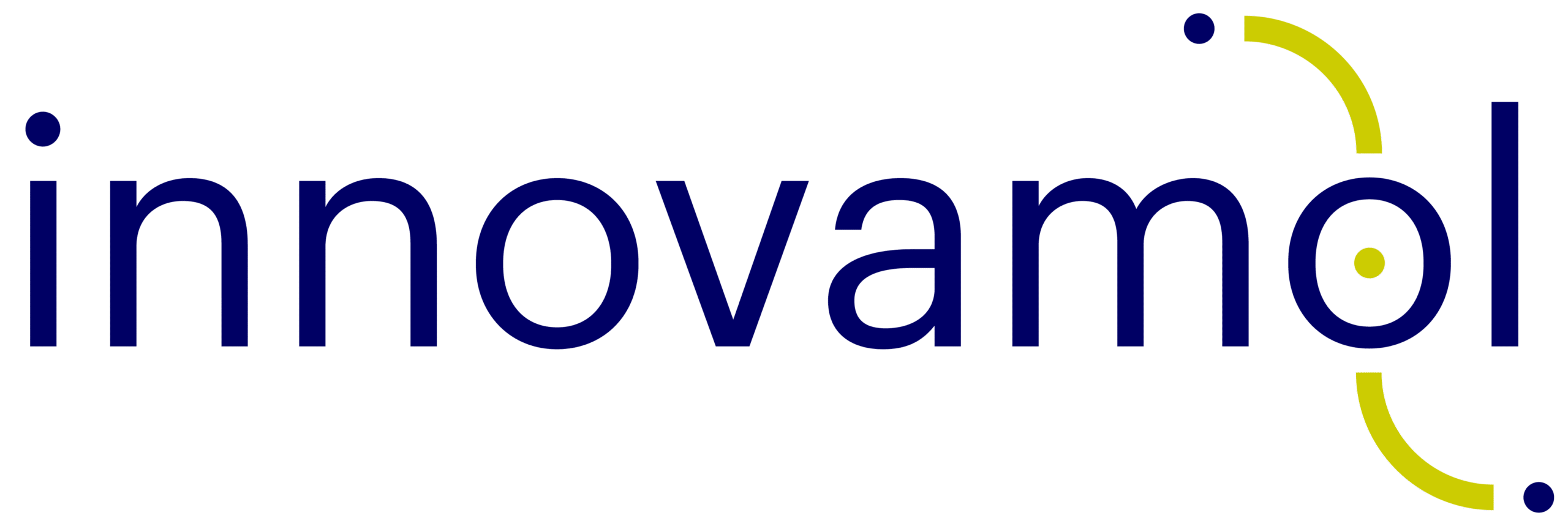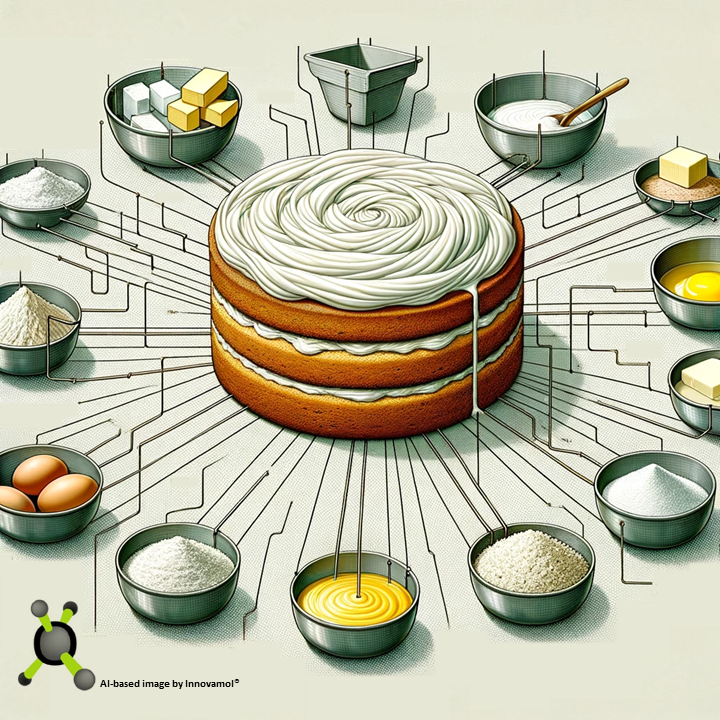Have you ever wondered what scientific “ontology” means and how data processing and organization connect to it?
Imagine walking into a vast food storage where every ingredient is meticulously organized, not just by its taste or nutritional properties, but by the very essence of its content. Ontology, in the simplest terms, is like drawing a comprehensive scheme of all the concepts and categories in a particular domain, organizing the concepts into groups which can be placed in several different levels and sublevels, depending on their relevance. In the analogy of food, it’s a bit like categorizing ingredients in a kitchen: just as flour, sugar, and eggs are grouped under “baking essentials”, in ontology, data and concepts are grouped based on their fundamental properties and relationships. The ingredients can recur just once or several times, at different levels and with their respective connections with other ingredients. The resulting scheme can be assimilated to a “bush”, with branches and sticks representing the relationships between ingredients. This system isn’t just about storing information; it’s about understanding the intimate nature of that information, like knowing that the ingredient flour is not only a “baking essential” but also a component of a good Besciamella with capabilities to interact with milk, salt or egg proteins to create something delicious like good Cannelloni.
How is it possible to “ontologize” a comprehensive scheme? Picture yourself as a chef who’s not just following recipes, but creating an entirely new cuisine like our fellow citizen Massimo Bottura. Ontologizing is the process of actively defining and categorizing these concepts and relationships, using a univocal code for each ingredient, and defining the relationship with the others through a schematic system, in a way that both humans and computers can understand. It’s like writing a cookbook that not only lists ingredients and recipes but also explains why certain ingredients are used together and how they combine to create unique flavors. This process is crucial in fields like artificial intelligence and data science, where machines need to understand not just data, but the context, the semantic and subtleties of that data. Ontologizing enables us to give machines a deeper understanding of our world, turning raw data into meaningful insights, much like turning basic ingredients into a culinary masterpiece.
Now, think about the scientific world and how this example could be used to describe adverse effects occurring when drugs are tested on animals or humans. Innovamol’s team published recently a peer-reviewed article describing our endeavor to ontologize these effects that were recorded during preclinical testing of 530 different drugs. This assignment was really challenging because of the complexity and the huge amount of data available. Justo to give you an idea: the figure below is a simplified version of the ontology we created to describe these effects.

Can you now imagine how tough it might be to develop an ontology for every possible animal or human effects?
“Nothing in life is to be feared, it is only to be understood. Now is the time to understand more, so that we may fear less” – Marie Curie

